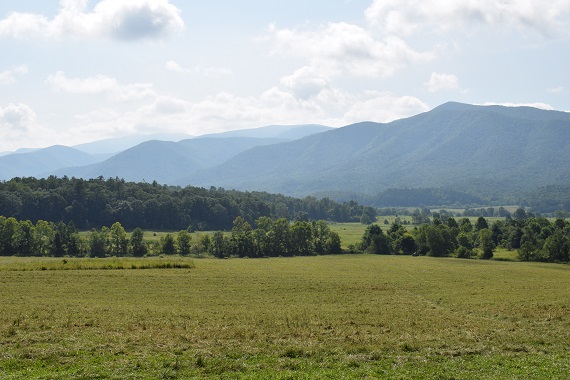
This essay was originally published in the February 1936 issue of The American Review.
There is one important element, however, in this Southern scene which gives me some cheer: the people. If one does not travel too fast through this desolate country, he will form some acquaintance with its inhabitants; and if he has lived elsewhere he will be struck by the courtesy and good manners and the genuine kindliness of even the most humble people as well as their high level of integrity.
Years ago, during the World War, I traveled from Chicago by way of Cincinnati to Montgomery, Alabama, in the company of a group of young ladies from the North who were visiting their men-folk encamped at Camp Sheridan. None of them had been South before, and they were looking forward to the journey through the “Sunny South” with considerable excitement. They had, despite everything which had ever been said to the contrary in the North, a romantic conception of the South. They expected to enter a pleasant land of white-columned mansions, green pastures, expansive cotton and tobacco fields where negroes sang spirituals all the day through. But, with the exception of the blue-grass basins of middle Kentucky and middle Tennessee, and an occasional fertile valley here and there where beautiful old homes yet stood amidst their fertile acres, no such picture greeted these romantic young ladies. After crossing the Ohio River, what they saw —with the exceptions of these lovely spots in middle Kentucky and Tennessee — were gutted hill-sides; scrub oak and pine; bramble and blackberry thickets; bottom lands once fertile now senile and exhausted, with spindling tobacco, corn, or cotton stalks to bear witness to the senility; unpainted houses which were hardly more than shacks or here and there the crumbling ruins of old mansions covered with briars, the homes of snakes and lizards.
More @ The Abbeville Institute

Just to set the record straight - Northerners quickly discovered that their enormous wealth and power, as well as most of their employment, were dependent on the South, on manufacturing for their captive Southern market and shipping Southern cotton. Cotton alone was 60% of US exports in 1860. Southerners were growing 66% of the world's cotton, but Northerners shipped that cotton and "handled virtually everything else" making huge profits in the process.iv
ReplyDeleteWithout the North, the South was in great shape with 100% control of King Cotton.
Without the South, the North was dead.
Without the South, the North was dead.
DeleteAbsolutely.
https://dixie.christogenea.org/video/confederate-pledge-allegiance
ReplyDeleteWow and how times have changed. Thanks.
DeleteYea, they have - from respectable to uncivilized.
Delete